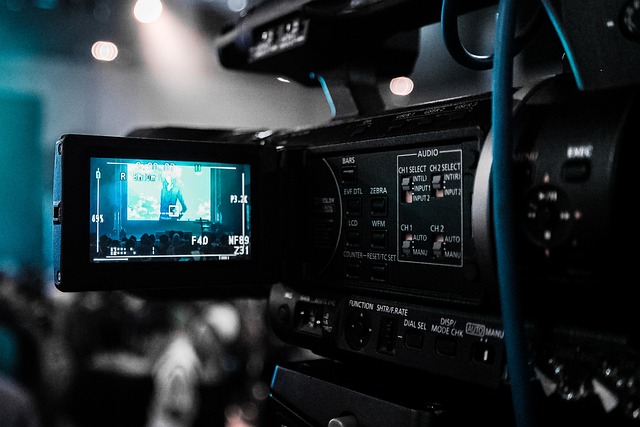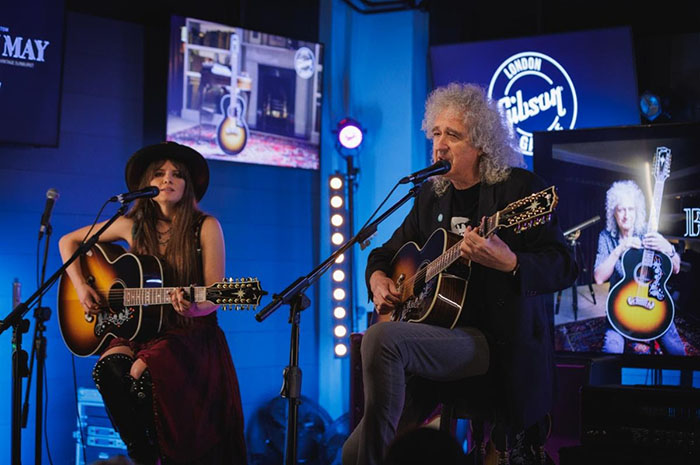Music is a constant presence in our lives which subtly enhances our experiences wherever we go.
When we are shopping, for example, soft background music plays, creating a calming and pleasant atmosphere that makes the experience more enjoyable.
In the realm of entertainment, the role of music becomes more dynamic. While playing games like online slots UK, upbeat and energetic tunes celebrate big wins and jackpots.
However, beyond these everyday encounters with music, there is a less visible but equally important aspect to consider: the creation of music videos. These visual representations of music are now as essential as the songs themselves.
Music videos transform auditory experiences into visual journeys and often become the heart of an artist’s presentation. It would be interesting to take a closer look at how these impactful visuals are made.
1. Crafting the Concept
Creating a memorable music video begins with a strong concept, which serves as the foundation for all creative decisions.
The process starts by immersively listening to the song to understand its themes, lyrics, and mood thoroughly. This understanding helps in envisioning how these audio elements can be visually represented. A song with a somber tone might inspire visuals with muted colors and slow movements, whereas a lively track could lead to vibrant and dynamic scenes.
After clarifying the concept, the next step is to develop a storyboard.
This visual tool maps out the key scenes of the video, providing a clear picture of the narrative flow and pacing. The storyboard acts as a crucial guide throughout production, ensuring that each scene contributes effectively to the overarching story and visual goals.
2. Assembling the Team
Producing a music video involves a collaborative effort, and assembling the right team is crucial to the project’s success. The core team typically includes a director, who guides the overall creative vision; a cinematographer, responsible for the camera work and visual elements; and an editor, who integrates the footage into the final cohesive product.
The complexity and scale of the music video often dictate the need for additional crew members. A lighting technician plays a critical role in setting the tone and mood through lighting setups, ensuring that each scene is captured with the intended aesthetic.
A makeup artist is essential for creating the look of the artists and performers. Production assistants are also invaluable, handling logistical tasks and ensuring that the shoot runs smoothly.
Collaboration among these professionals, who each bring specialized skills and a shared commitment to the vision, is key to elevating the music video beyond ordinary to extraordinary.
3. Location and Set Design
The chosen location should not only reflect the themes of the song but also remain within the constraints of the production budget.
A song about solitude might benefit from the serene backdrop of a secluded beach, while an upbeat dance track could be visually enhanced by the vibrant energy of a bustling city street.
Securing the right permissions and permits is crucial, regardless of whether the shoot is planned in a public park, a professional studio, or a private property.
Set design is another critical element that contributes to the music video’s visual narrative. The set, whether simple or elaborate, should complement the music and help convey the story or mood.
For example, minimalistic designs can focus the viewer’s attention on the performers and the lyrics, while more detailed sets can create an engaging world that supports the song’s narrative.
4. Technology and Equipment
Today, filmmakers have access to a variety of high-quality cameras that cater to different budget levels and production needs.
Professional-grade cameras like the RED Digital Cinema and ARRI Alexa are famous for their exceptional image quality and are favored for high-budget productions.
For projects with more limited budgets, DSLR cameras and even modern smartphones are viable alternatives. These devices have seen significant improvements in sensor quality and software enhancements. With the right lighting and camera handling techniques, these more accessible tools can yield surprisingly professional results.
Effective lighting can turn a simple setup into a visually striking scene. Techniques such as three-point lighting use key lights, fill lights, and backlights to add depth and dimension to subjects, while tools like LED panels, softboxes, and reflectors help in sculpting the scene’s aesthetics.
5. Post-Production Magic
This phase is where the creative vision really comes to life through meticulous editing. The process begins with the careful selection of the best shots, which are then precisely arranged and synchronized with the music track to maintain the rhythm and enhance the emotional impact of the song.
Editing software plays a pivotal role in this process. Industry-standard programs like Adobe Premiere Pro and Final Cut Pro X offer comprehensive toolsets that allow editors to cut, splice, layer, and sequence scenes smoothly.
Color grading follows editing and is crucial for setting the visual mood and style of the video. This technique involves altering the hues and adjusting contrasts to evoke specific emotions or underscore particular themes of the music.
A Combination of Art and Technical Expertise
Producing a music video involves a detailed process that merges artistic vision with technical expertise. Success depends on remaining true to the song’s essence, regardless of the budget size. By effectively utilizing available tools and talent, and through dedication and creativity, a music video can become a significant artistic achievement.









Comments are closed.